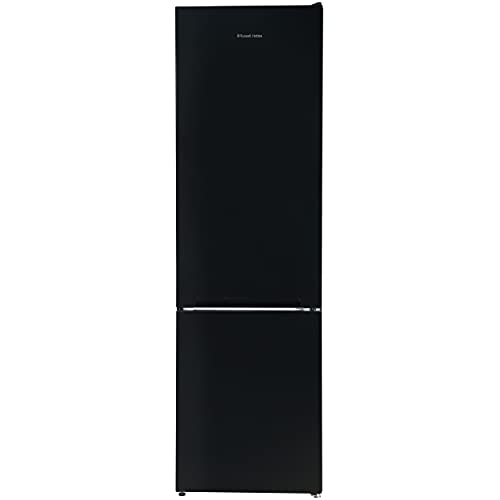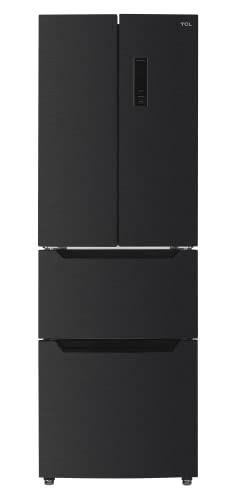
Fridges and freezers are two of the most necessary appliances in contemporary kitchens. These appliances serve an essential function in food conservation and waste decrease by making sure that disposable products remain fresh and safe for consumption. This post explores the various kinds of fridges and freezers, their performances, and crucial considerations for choice and maintenance.
The market provides a variety of refrigerator types, each developed to fulfill different consumer requirements. Below is a list of the most common types of fridges:
Top-Freezer Refrigerators
Bottom-Freezer Refrigerators
Side-by-Side Refrigerators
French Door Refrigerators
Compact Refrigerators
| Type | Benefits | Downsides | Common Size |
|---|---|---|---|
| Top-Freezer | Inexpensive, energy-efficient | Less convenient access to the freezer | 14-30 cu. ft. |
| Bottom-Freezer | Simpler access to fresh food | Freezer can be harder to arrange | 19-30 cu. ft. |
| Side-by-Side | Easy gain access to, water/ice dispenser | Narrow vs. storage area | 22-30 cu. ft. |
| French Door | Elegant, large, arranged | More expensive | 20-30+ cu. ft. |
| Compact | Space-saving, portable | Restricted storage | 1.7-5.5 cu. ft. |
Freezers are an equally crucial device for food preservation. They come in different styles developed to fit various home requirements. Consider the list below types:
Upright Freezers
Chest Freezers
Portable Freezers
| Type | Advantages | Disadvantages | Common Size |
|---|---|---|---|
| Upright Freezer | Much easier to arrange | Less energy-efficient, more flooring area | 5-20 cu. ft. |
| Chest Freezer | Holds more products, energy-efficient | Harder to organize | 5-25 cu. ft. |
| Portable Freezer | Compact and flexible | Limited storage capability | 1-10 cu. ft. |
When selecting a fridge or freezer, consumers ought to keep in mind several functions that can improve functionality:
While fridges and freezers are essential technologies, they likewise have specific benefits and drawbacks:
| Pros | Cons |
|---|---|
| Protect food life expectancy and lower waste | Require routine upkeep |
| Enable bulk buying and meal prepping | Can be costly to acquire and run |
| Offer benefit and quick access to food | Occupy considerable kitchen area |
To ensure durability and optimal performance of fridges and freezers, think about the following upkeep ideas:
Q1: How long can food be kept in a freezer?A: Most foods can be kept in a freezer for a number of months. Meats and poultry often last 4-12 months, while vegetables can last approximately 8-12 months.
Q2: How frequently must I clean my fridge and freezer?A: It is recommended to clean your fridge and freezer every 3 to 6 months, or as needed when spills occur. Q3: Can I put hot food directly in the fridge freezer for sale near me?A: It is recommended to cool hot food to space temperature before placing it in the fridge to avoid
raising the temperature level inside the appliance. Q4: Why is my fridge running constantly?A: This might be due to a malfunctioning thermostat, blocked coils, or door seals that aren't working properly. Fridges and freezers are vital
properties to modern households, providing important services for food storage and preservation.
Understanding the various types, features, and upkeep requirements can assist consumers choose the ideal appliances for their needs and optimize their functionality. Welcoming energy-efficient designs not just supports sustainable practices but likewise contributes to significant savings on utility expenses, making notified choices more important than ever.
No Data Found!

